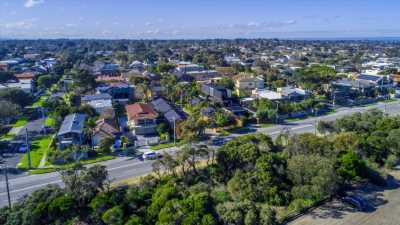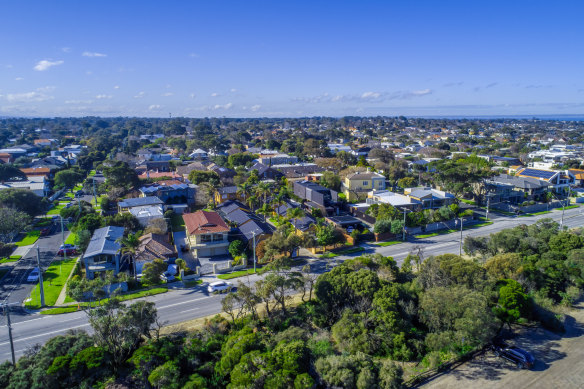Borrowers warned ‘mortgage prison’ escape plan could trip them up
Save articles for later
Add articles to your saved list and come back to them any time.
Those hoping that recently reduced requirements for mortgage stress tests might help them escape “mortgage prison” have been warned refinancing could cost thousands of dollars in additional interest over the life of the loan.
Mortgage prison is where borrowers are unable to switch to a mortgage with a lower interest rate and lower repayments as they do not meet the lending criteria. Lenders have recently started easing their lending criteria, as long as the borrower has good credit history and substantial equity.
More lenders are lowering the bar on their repayment stress tests, but they can come with a catch.Credit: istock
The Australian Prudential Regulation Authority (APRA) requires banks to test that mortgage applicants could still afford their repayments if interest rates were to rise 3 percentage points above the interest rate of the mortgage.
With the rise in interest rates since May last year, many mortgage holders would fail the stress test now, leaving them unable to switch to a mortgage with a lower interest rate.
Westpac has lowered its stress test to less than 3 percentage points for refinancers with a good track record of repaying their debts and who have a good credit score, among other factors. Similarly, CBA lowered its stress test from 3 percentage points to 1 percentage point for those looking to refinance who have good credit histories and have at least 20 per cent equity in their homes.
However, the CBA mortgage is refinanced for a 30-year term, which will potentially cost some borrowers thousands of dollars in extra interest payments over the long term.
Someone who started a mortgage three years ago over 30 years will have 27 years to run, but if they extend their loan to 30 years to pass the modified stress test, will have the loan for an extra three years.
Sally Tindall, the research director at Rate City, says it is important to check the terms and conditions and particularly whether the loan term is extended. Borrowers looking to refinance need to also be aware that it costs to make the switch.
They have to secure a big enough interest rate cut on the new mortgage to cover the costs and make the switch worthwhile.
Figures from Canstar show the average cost to refinance an owner-occupied home loan is just over $800.
To recoup the average cost of refinancing within the first 12 months of making the switch to a lower rate on a $500,000 loan, a borrower with an existing average variable rate of 6.98 per cent would need to secure a rate discount of at least 0.21 percentage points.
Canstar figures show switching to a rate of 6.77 per cent would cut repayments by $67 per month or a total of $804 in the first year, on a mortgage that has 25 years to run, which is enough to cover the cost of refinancing.
Effie Zahos, Canstar’s editor-at-large, says the ability to recoup the cost of refinancing in the first year may be limited for someone with less than 20 per cent equity in the property.
That is because these borrowers are usually required to pay lenders’ mortgage insurance (LMI), which typically costs several thousands of dollars on the typical Sydney or Melbourne mortgage.
Some lenders offer LMI waivers for those in occupations that are likely to be secure and pay good incomes.
“If you’re unable to avoid paying LMI when refinancing, your best option may be to negotiate a better rate with your existing lender,” Zahos says.
- Advice given in this article is general in nature and is not intended to influence readers’ decisions about investing or financial products. They should always seek their own professional advice that takes into account their own personal circumstances before making any financial decisions.
For expert tips on how to save, invest and make the most of your money, delivered to your inbox every Sunday, sign up for our Real Money newsletter here.
Most Viewed in Money
From our partners
Source: Read Full Article


